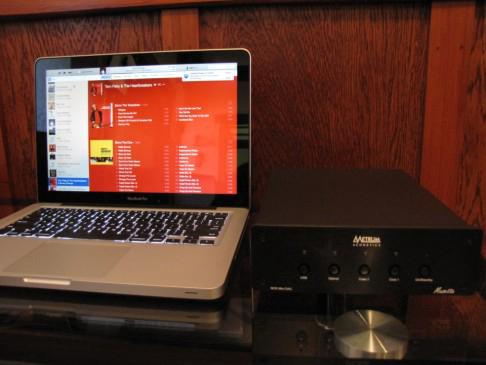Musette NOS Mini Dac : Archived Product
Product Information

Musette impresses at ZMF Headphones, Audio enthusiasts and Reviewers woldrwide - continuing Metrum tradition.
Transient powered Digital to Analogue conversion in a conveniently sized desk-top unit and perfect match for Aurix in style and casework.
The Reviews are conclusive ... Musette improves on the Octave design and brings your music to life.
Affordable High End performance.
Metrum :
We are proud to present a new member to the Metrum R2R DAC Ladder line-up.
In order to improve upon the Octave design, we stopped looking towards our secret industrial chip and instead have implemented our own new 'Transient' Digital to Analogue module technology.
Musette uses two Transient R2R ladder Dac modules, as used in our Pavane Flagship. These modules can handle extreme high sampling rates but are limited to current industry standards, which has its maximum (384kHz) on USB input.
The result of this process, is extremely fast and accurate behaviour and brings the listening experience to a higher level. Despite the fact that both Dac modules are built on the same board, an extremely high channel separation of 100 dB is realised. This contributes to flawless positioning of instruments. In other words, a Dac we are rightly proud of.
Cees Ruijtenberg
General Information :
Metrum’s latest ‘Transient’ NOS Dac development represents a new benchmark at $2K level.
Musette takes performance closer to Hex – but it’s a hard Dac to beat. Balanced XLR outputs and digital XLR input do make a difference. There are a few extra Chip-sets at work too.
However look at the price for Musette.
Retaining the same casework as Octave II, it matches and will complement further, the Aurix Headphone Controller. Making a perfect High End combination.
The rear panel has changed slightly - now offering two RCA inputs.
Metrum's latest USB3 module is standard.
The new Dac will appeal to those not requiring Balanced input and output connections but want to get closer to Hex – for a fraction of the price.
As size remains the same as its predecessor, still a ‘NOS Mini Dac’.
New R2R Dac ladder hierarchy : Musette - Hex - Menuet - Pavane I,II and Super-Dac III.
Offering world acclaimed performance, at affordable commensurate price points - all within 'True' Audiophile territory.
To better costs considerably more - according to product Reviews so far.
Price $1995 .... SOLD OUT
2 Year Warranty
Metrum’s Baby Flagship (Menuet) follows in the footsteps of Musette and Pavane ... an R2R ladder rung up or three, from Musette and Hex.
Transient traits continue - good bass, dynamics and a very revealing presentation.
Reviews :
2017 Greece : Sound Vision
"Listening is pleasant and flooded with proportional analog elements, that you will adore if your primary source is a turntable. Strict complexions and correct dynamic expression in the sound stage is what we found. There is a vitality and energy in the music, elements that come effortlessly and without difficulty.
Musette has the ability to correctly focus the stereo image, without blurring or any "deformities". Beautifully recreates the scene in front of the listener, making a three-dimensional sound, with good transients and purity in "aggressive" passages, whilst avoiding any slight hyper extension with high frequencies".
Audiostream : USA
Michael Lavorgna 'twirls' to the "Sound of Metrum Music"
“From the moment I hit play for the very first time through the Musette, I heard a liveliness and incisiveness that caught my full attention. Truth be told, I ended up staying up very late that first night with the Musette, playing all manner of raucous music … (and dancing my ass off around the barn).
I had a party celebrating the Musette's way with my music.
Music is at once delicate and full … If I were to whittle down the Musette's sound to one recognizable shape, I'd say direct. Listening to your music, any music … has a lovely immediacy, a directness, which I find to be very musically engaging.
In the end we're talking about balance … that includes values like immediacy, detail, resolution, tone, space, etc. For my ears, Metrum has dialed the Musette in to the—music sounds like music—setting. For lack of a better way to put it, the Metrum Musette sounds like music with no bullshit added ...
Infectious, lovely, mad, music".
Einsnull : Germany
Philipp Schneckenburger reports :
"The division of labour between a NOS Converter on one hand and the natural filtering of your hearing on the other, actually results in wonderful realistic music playback … losing every trace of digital signals.
This unconventional (NOS) concept from Metrum Acoustics continues with Musette. The Ladder DAC delivers without any filters ... a sound experience that comes as close to Analog sound … that you almost forget the music is coming from a hard drive.
The result is a pure pleasure to listen to … for a quite moderate price".
English translation available courtesy of an enthusiast on ... "HiFiWigwam"
6 Moons : Switzerland
Srajan Ebean points the way to Metrum’s NOS sound i.e. not seeking to emphasise anything, except natural performance - bar colourations
“It’s nothing a quick A/B catches" …
For many, time is required to appreciate what is going on … “If so, give your brain a few hours to adjust”.
Or perhaps longer I would suggest, if you have long experience with conventional Dacs … “It’s all about natural flow”.
By way of comparison (in Review) with other componentry, Musette reportedly sounds “fast, immediate, vibrant and direct” – as Michael Lavorgna (Audiostream) also found.
The ‘foundation’ in music is highlighted. Transient powered D/A conversion ensures a family trait with Pavane, namely great bass.
“… I was surprised by the Musette’s exceptional bass power which accompanied expectedly good articulation … recognizable rhythmic rightness or fleet-footed ease of flow, the Dutch Musette from the house of Metrum is a lovely addition to the genre and budget showcase for their ...
Witchdoctor : NZ
Andy Baker reports - "The Musette is, as I’ve said, very musical but more alive and immediate with sharper focus and snappier rhythms than your average DA converter. This is pretty impressive considering the price, though I’m not in the least bit surprised given my recent experiences with the brand.
And in fact Circa Scaria is almost indescribably brilliant, so I therefore insist you go get yourself a copy forthwith, regardless of your choice of DAC. The Musette had the enviable ability to separate the musicians into easily distinguishable individuals while heightening the awareness of that great Whatipu cavern, all without detracting from the rhythm and dynamics of the music. The darkness, the majesty and the timelessness of the cave seeped into the sound.
Holographic, engaging, excellent imaging and soundstage. The music presented by the sub-2k Musette is totally immersive in every sense and the way instruments are so precisely placed with airiness and splendid depth of field makes it impossible to listen without smirking like a billionaire.
From the factory to your ears, the Musette is a "superb and affordable" little DAC.
I just can’t help wondering what the Pavane must sound like.
♫ Musical note :
Unfortunately unable to find a (freebie) CD quality version ''Circa Scaria'' online - but the link gives some MP3 tasters.
Alpha-Audio : Netherlands
Jaap Veenstra reports Musette "sounds like the deal of the Century". His only concerns .... no remote and it's ... small !
With the help of Google translate and some 'poetic license' an approximation ... "Musette is a Hit"
Audio Creative : Netherlands
René van Es gets carried away by the music, the ladies ... and Musette - in a most enthusiastic Review (translation permitting).
" ... it is the presentation of the music that fascinates. The accuracy of the performance is due to the creator’s love of music, his ears and his technical understanding. A Metrum takes you to the concert, a jazz club, a live performance or street parade.
Rhythm, snap, speed, sound, space and beautiful presentation - everything is better together in this setup, than other DACs I’ve heard to date ...
at both the same price level to "twice the price" of the Musette".
Hangzasvilag : Hungary
The rich musical history behind the term 'Musette' is explored and it's origins explained. Holding true to its name - it does not disappoint ...
"The 'digital silence' (deep-dark and quiet noise floor) is where it should be, giving the impression that everything in the room is making music. The individual musicians have sufficient space around them, making for more spatial awareness and so this gives you a more musical listening experience.
In fact so impressive was spatial depth, "the third dimension", we can discover rich new areas of interest from plenty of music in our collections".
Nerds DK : Denmark
Kim Olsen finds Musette chasing Hex Reference standards (but just falling short) in a few areas areas and discovers the very low noise floor exhibited from 'Transient' technology.
"The first thing you notice is an incredibly quiet and dark background. Like all Metrum products we have tested, the sound is very homogeneous, more analog and natural in its representation than many chip-based DAC’s. And Musette seems to have a pure and natural high frequency - if remembered correctly, treble better than the original Octave, which has long been a favourite on the test bench.
And the very special treble reproduction, is perceived against a dark background in comparison with a few others, musical flow well reflected in the Johnny Cash song "Like the 309". Here captured incredibly, much spatial information from the recording, in treble and upper midrange, "very impressive for the price". And at the same time great presence".
Approximate translation.
Professional Use :

US News – Specialist Headphone manufacturer ZMF have ‘picked up’ Musette. Dacs and Headphones are important partners – good system matching is (unfortunately) the Black Art in Audio. System synergy is the goal for both phones and loudspeaker listening .... where the sum of the parts exceed individual performance.
Better Bass :
As mentioned elsewhere (and above), bass is the foundation of music according to Musical Fidelity’s founder - “In music, everything depends upon the bass line. It's the same in Hi-Fi. Given the proper foundation, other elements snap into focus". "Tuning your room for bass"
When you get good (accurate) sub-bass, there is further benefit. Somehow higher frequencies are improved – strange but true.
Sub bass is generally considered 60Hz ... down. Several instruments, most notably piano, extend below 60Hz - it would be a shame to cut off the bottom end of the keyboard.
Sitting atop the audio spectrum (refer Gallery) there is Brilliance :
Brilliance seems to vary ‘according to source’ but is quoted at 6/7/8kHz – 16kHz. This region covers the sounds of bells pealing/ringing, the ringing/vibration of cymbals and sibilance (c.7kHz) in speech. The ‘sizzle’ or shimmer on cymbals sits at 15kHz according to one source - alongside ‘breathy vocals”.
All seem to agree that the clarity of instruments, lifelike sparkle and air, are found in the highest Octave.
Plain old CD goes down to 20Hz. Much below this level and we don’t hear bass, we feel it. However unless you own mega $ speakers, many will not get close to hearing the lower frequencies in a main system. Where recordings have no bass but adding sub-bass seems to improve what is heard, then other harmonics are at work - that will also be lost.
The benefit of better, high frequency extension, will not be experienced either.
After all, missing information at the listening post, will affect the overall balance of what is being heard. If musical information is presented 20Hz-20,000Hz, this is the desired listening range (or at least close), to fully appreciate what’s being listened to. Perhaps CD is still ahead of it's time ?
After 30+ years, it is still costly and indeed difficult, to reproduce the full "frequency range" that CD offers - most Speakers don't.
A sub (pair ideally but you can get away with one) can help - sub bass is not directional. Even with a sub though, probably not entirely flat down to 20Hz – unless the $’s flourish.
Age is not necessarily a barrier - to solve this problem. Many older Speakers still offer great performance.
Just how good a product's ability is to reproduce these sound frequencies, can only be made if the full range is being listened to in the first place – as intended by the recording/music.
Main system listening can have the advantage here (over headphones). Whilst a problem, room acoustics can and do assist bass.
Stan Curtis writing for HiFiCritic 2014 (Headphone Amps) :
“Another problem with headphone listening is the perceived quality of the bass sounds. Certainly you can’t get the full-body physical impact that you get from bass that emerges from loudspeakers, nor can you always get the same sort of frequency response expected from loudspeakers.
Headphones may typically sound bass light below 80Hz, yet paradoxically may well over-emphasize the next octave (from 80Hz-160Hz), seeming to offer a much more detailed bass”.
Silver cables in particular enhanced main system bass here – so much so in fact, that speakers needed to be moved further away from the wall. A good match and perhaps some synergy at work but may not be universal.
Inductance Mr. Ruijtenberg advises.
Increased/better bass will affect and enhance sound-staging, particularly depth. I have noticed with Musette and Pavane, impressive bass performance as immediate stand-outs. If you don't get good bass with Musette in your system - something else is not quite right.
James M. Hughes writing for HiFi News 1997 (MF X-Pre) :
“At home I use a pair of REL Q subs with large Impulse H-1 Horn speakers … Because the X-Pre’s bass is so rich and full, there was a reflex benefit at the top end of the spectrum, with treble frequencies showing extra bloom and sheen plus increased tonal depth.
Those who have experienced the improvement a good sub can make will know the effect exactly – though it almost seems odd that bass affects treble in this way”.
The Absolute Sound (TAS) discuss bass in the link below.
"Fourth, a system’s bass presentation affects such seemingly unrelated aspects of the sound as midrange clarity and soundstaging. Thickness in the midbass reduces the midrange’s transparency. A cleaner midbass not only makes the midrange sound more open, it also lets you hear more clearly into the extremely low frequencies. Moreover, extending a system’s bottom end has the odd effect of increasing soundstage depth and our overall sense of the recorded acoustic, even on music with no low-frequency energy". Robert Hartley 2009
Since this time (with good cabinet design) it is possible to get very low bass, even from a small single main driver – in use here, a full range (with tweeter assist) 165mm (6.5'') driver, with a Spec down to 27Hz but known to go deeper (although not entirely flat at the lowest levels).
There is 'room' for improvement ! “Bass Rules !”


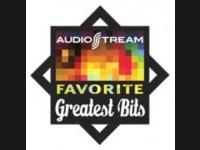


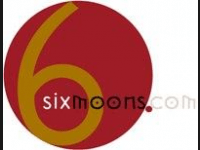




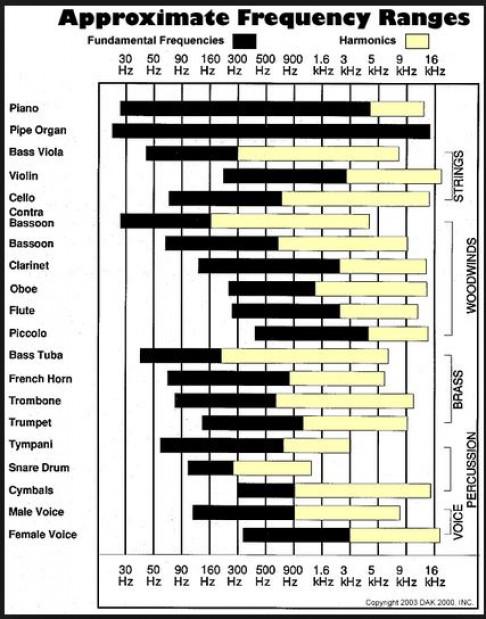 Refer : http://www.zytrax.com/tech/audio/audio.html
Refer : http://www.zytrax.com/tech/audio/audio.html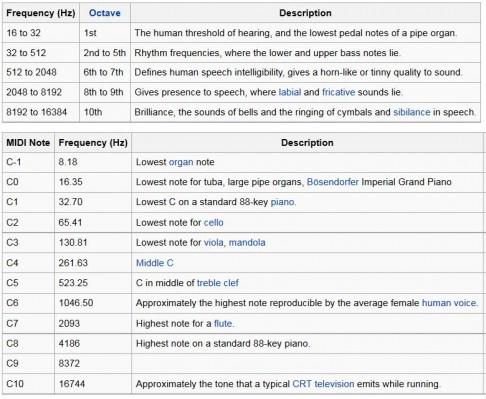 Wiki's descriptions are useful and show much lower frequencies are probably achieved.
Wiki's descriptions are useful and show much lower frequencies are probably achieved.  Two Transient DAC ONE conversion Modules - equivalent roughly to 8 industrial grade D/A chips previously used in Octave designs + D/A progress.
Two Transient DAC ONE conversion Modules - equivalent roughly to 8 industrial grade D/A chips previously used in Octave designs + D/A progress.
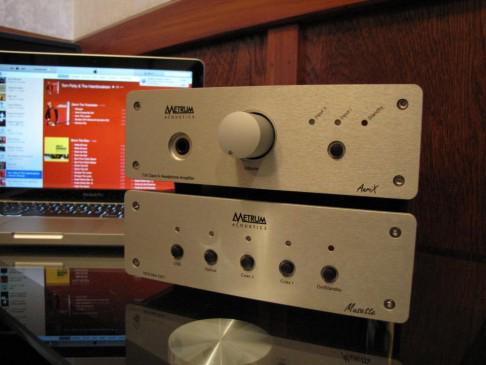 Metrum desktop combination.
Metrum desktop combination.
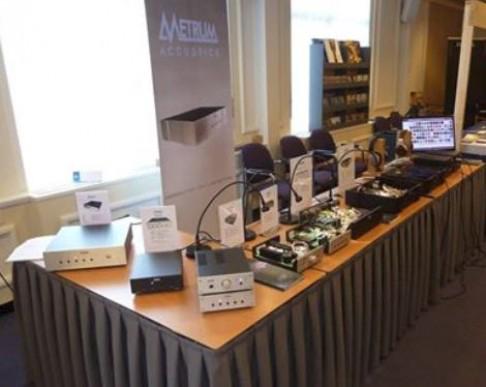 Dutch X-Fi Show 2015
Dutch X-Fi Show 2015
 USB3 should not disappoint.
USB3 should not disappoint.
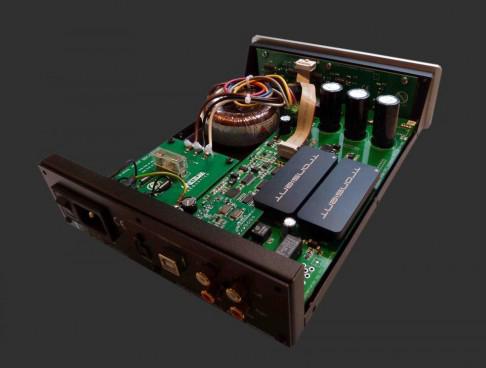 Inside the box.
Inside the box.
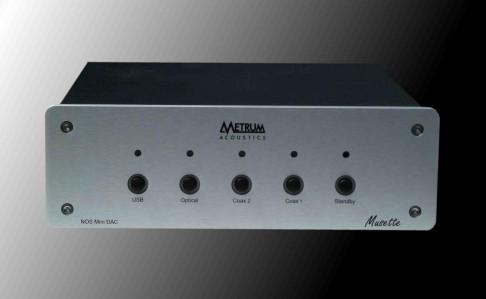
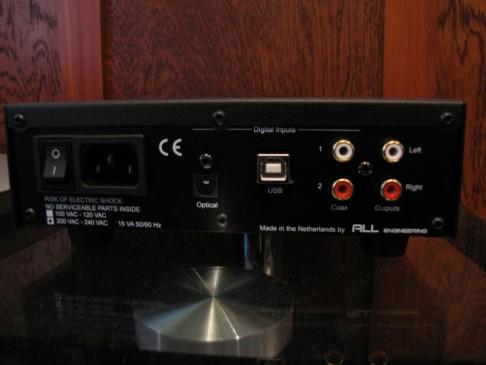
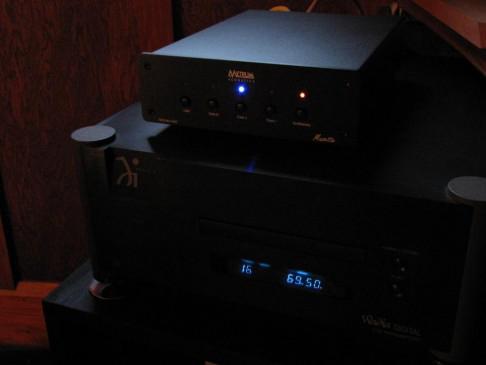 Not quite as old as PS Audio’s Reference 30 year old Infinity speakers - but a c.20 year old modified Wadia 8 Transport, proves age is sometimes not a barrier. Dwarfing Musette and both very revealing.
Not quite as old as PS Audio’s Reference 30 year old Infinity speakers - but a c.20 year old modified Wadia 8 Transport, proves age is sometimes not a barrier. Dwarfing Musette and both very revealing. 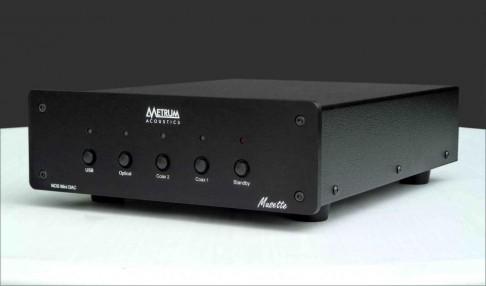
 If you wondered what a transient looked like not as a leading edge on a scope, here's one of Cees' 16-legged critters belly up. It's potted to draw the blinds on copy cats; and comes in current and voltage flavours. With 'V' marked, we know that these are voltage output modules. And that's all she said. S.E. 6 Moons
If you wondered what a transient looked like not as a leading edge on a scope, here's one of Cees' 16-legged critters belly up. It's potted to draw the blinds on copy cats; and comes in current and voltage flavours. With 'V' marked, we know that these are voltage output modules. And that's all she said. S.E. 6 Moons
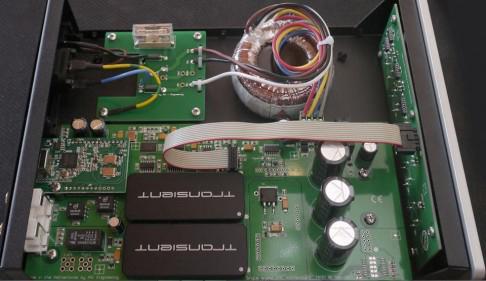
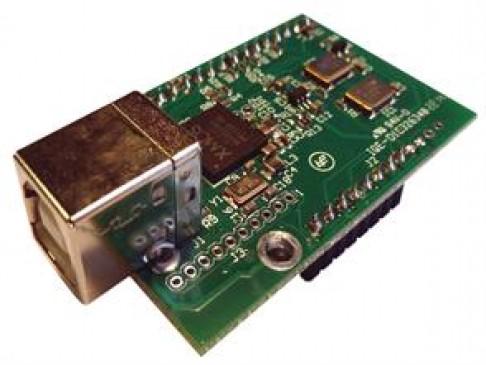 USB3 Module utilising M2Tech XMOS chip accommodates sampling rates up to 384kHz. Limitations of the Module are restricted only by current standards …
USB3 Module utilising M2Tech XMOS chip accommodates sampling rates up to 384kHz. Limitations of the Module are restricted only by current standards …
